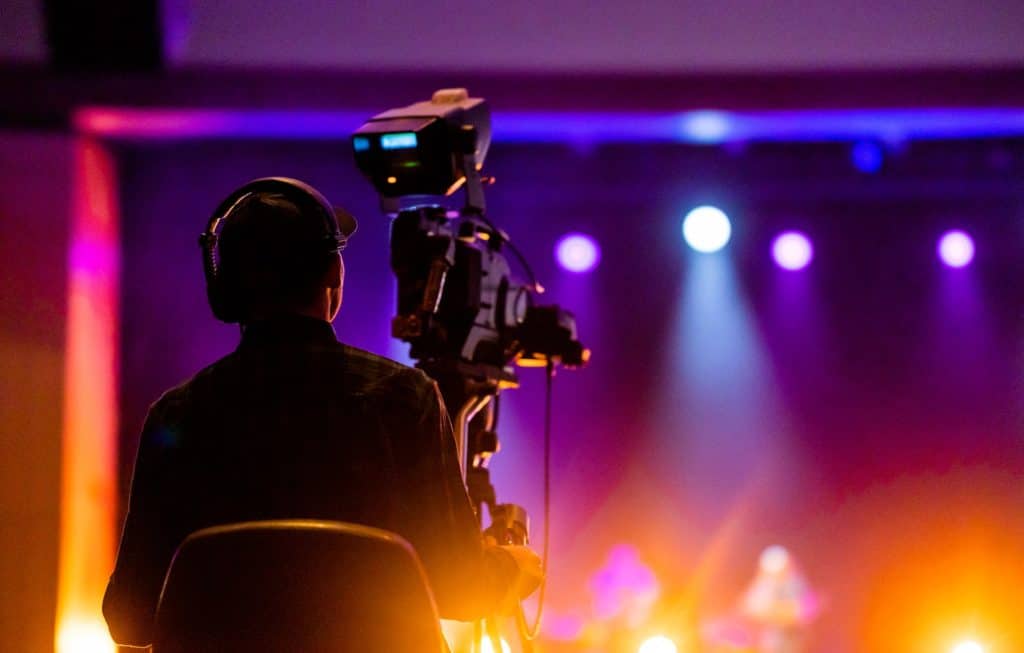Highlighting the Influence of Lighting Methods on the Craft of Video Projections Mapping
Highlighting the Influence of Lighting Methods on the Craft of Video Projections Mapping
Blog Article
Video mapping mapping is an exciting art form that merges technology and innovation to transform ordinary spaces into extraordinary visual displays. This method involves projecting graphics and footage onto 3D elements, such as buildings, artworks, or stages. One of the most crucial factors in producing successful projection is the use of effective lighting techniques. Proper illumination enhances the visual elements of the projection and ensures that the visuals are crisp and engaging. This article explores the impact of lighting techniques on video mapping and how they can elevate the complete experience.
Illumination plays a vital role in motion mapping because it sets the mood and feel of the exhibit. Different illumination techniques can evoke various emotions and reactions from the audience. For example, using soft, cozy illumination can create a welcoming environment, while vivid, cold lights may create a more dynamic or dramatic effect. By thoughtfully selecting illumination hues and brightness, creators can manipulate how viewers interpret the projected images, leading to a more immersive experience. The equilibrium between projection brightness and surrounding illumination is essential, as it can significantly affect the visibility and effect of the visuals.
In addition, color and intensity, the direction of illumination also affects the effectiveness of projection. Lighting from different directions can generate contrast and accents try this website that introduce dimension to the projected images. This method, known as light and shadow, can improve the three-dimensionality of the objects being mapped. Additionally, using moving illumination can add dynamism to the display, making the encounter more engaging for the viewers. When the light collides with the mapped visuals, it can create an illusion of movement and change, capturing the audience's attention.
Another important aspect of lighting in mapping in the use of unique effects. Methods such as gobo illumination, which uses shapes and shapes to project light, can introduce depth and intricacy to the projections. This method enables artists to superimpose images and produce visually captivating results that complement the mapping. Additionally, adding lasers or LED illumination can additionally enhance the exhibit, offering a distinct mix of visual elements that draw the viewers in. These special features, when used carefully, can transform the projection beyond a basic show to an immersive work of art.
In conclusion, the influence of illumination methods on video projection is significant. By understanding how various lighting elements connect with projected images, creators can create captivating encounters that connect with audience. The thoughtful selection of hue, intensity, angle, and unique effects enables for a vivid canvas of sight review narrative. As technology continues to grow, the possibilities for artistic expression in projection will only grow, making lighting an ever-important component in this innovative creative medium.